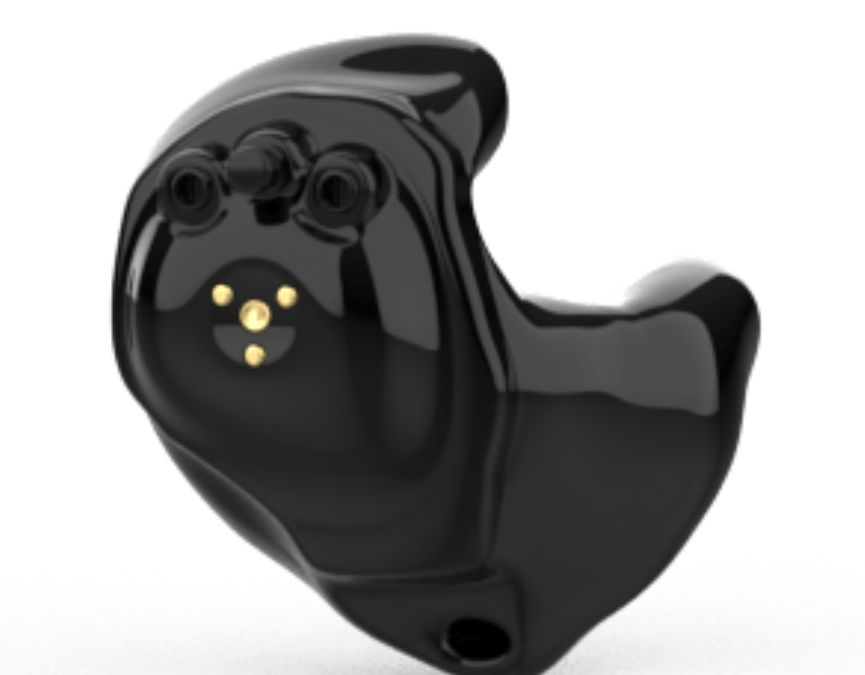Congratulations! You’ve taken the steps to get a hearing test and now you are picking your new hearing aids. Whatever nerves you may be feeling about hearing aids, rest assured they’ve come a long way since the pair your grandparents or even your parents wore.
Just like glasses that have more options than ever, hearing aids can be chosen based on your personal preferences and style. There are various fits and specifications that can be made to meet your exact needs so let’s begin by exploring some of these more. Of course, you should always speak to an audiologist before purchasing new hearing aids to make sure they are right for you.
Fit of your new hearing aids
You may be surprised to find that hearing aids, despite their small size, come in different shapes. Behind the ear hearing aids or BTE and in the ear hearing aids or ITE are the two main fits.
BTE hearing aids, as the name implies, has the majority of the technology sitting on the outside of the ear. It is connected by a thin wire to a dome or mold that sits in the ear canal and this is how it relays sound to you. BTE have several advantages over their ITE counterparts in that they are typically easier to put on and take off, which is important for those with limited hand dexterity. In addition, they are easier to maintain and keep clean as they don’t gather as much ear wax and debris on the more sensitive parts of the device.
ITE hearing aids, in contrast to BTE, sit entirely inside the ear. This category of hearing devices can be broken down even further based on size. In the canal, ITC, and completely in the canal, CIC, are variations of ITE devices that sit even deeper in the ear canal. For those that value discreteness, these are the best option for you. There are even smaller hearing aids that have been advertised as invisible, they operate differently than the device you can take in and out, so make sure to understand how they work before choosing.
There are some limits to the fit of your new hearing aids that are related to both the ability of the hearing aid compared to what the user needs as well as the size of the wearer’s ear. The more power needed by the hearing aid and the more additional features, which will be discussed in more detail below, the larger the device will need to be. These are important questions to ask your audiologist before choosing a new hearing device.
Style of new your hearing aids
Hearing aids today are significantly more sleek and modifiable than they were for previous generations. Even BTE hearing aids can have different size options.
Furthermore, there are many colors available on the market. From countless flesh tones to bright and fun colors, the options seem endless. For those who prefer more hidden options, the increase in flesh tones available is a welcome change.
Additional features for your new hearing aids
In addition to various fits and styles, digital hearing aids today come with special features that enhance and simplify daily life for those with hearing loss.
- Directional microphones– Digital hearing aids today have a feature called directional microphones that amplify the sound from the direction you are facing. For example, at a restaurant, the person you are facing and speaking to will be the most clear.
- Reduce background noise– Furthermore, they can reduce background and surrounding noises. In the restaurant example, not only would the person you are speaking with be amplified but the surrounding noise would be dimmed.
- Bluetooth technology– Digital hearings aids also can have Bluetooth technology, meaning you will be able to connect them to other Bluetooth compatible devices such as smartphones.
- Remote controls– One of the more convenient features that have been added to hearing aids is the small remote control that comes with them. Instead of going to the audiologist every time you need an adjustment, you can do it yourself with the remote control. Even better, there are now apps for your smartphone that work as the remote control as well.
Speak to your audiologist today about all the options available for your new hearing aids.


